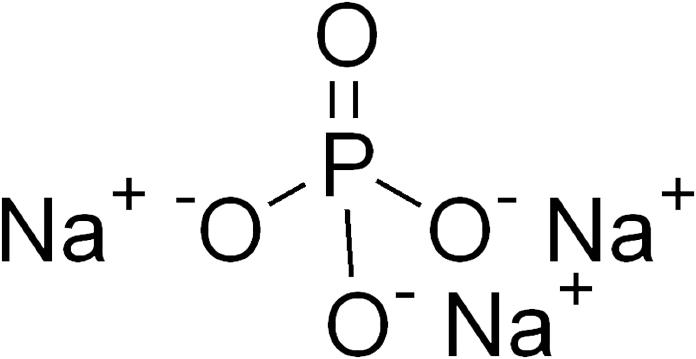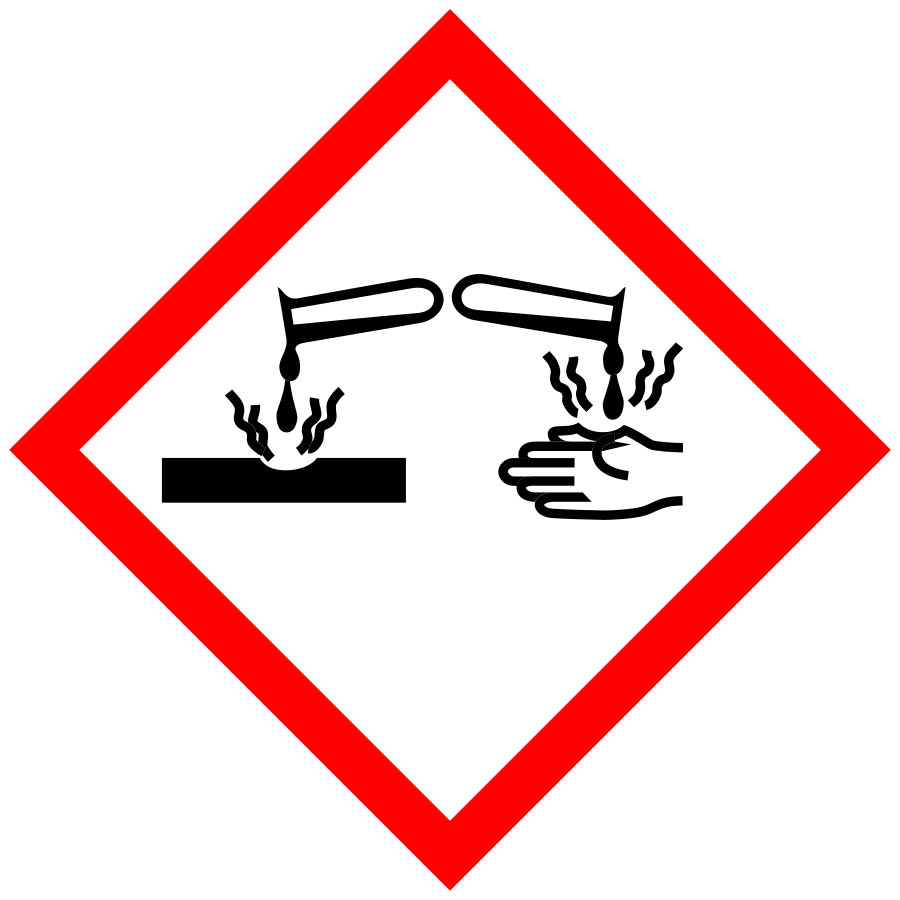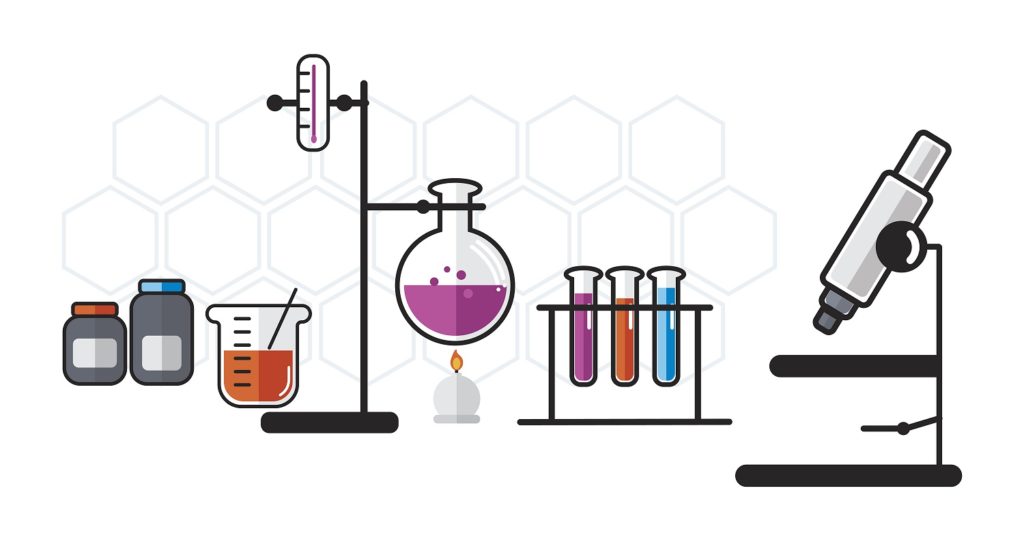Trisodium Phosphate
Trisodium Phosphate (TSP) also termed trisodium orthophosphate with chemical formula Na3PO4 with hydrated forms. It is an extremely water-soluble ionic salt and it gives alkaline pH in the solution. In most of the cases this compound is used as heavy duty cleaning agents, its cleaning action can be attributed by its pH value of 12, it means the chemical is an alkaline.

- Overview
- Precautions & Warnings
- Spesification
Trisodium Phosphate (TSP) also termed trisodium orthophosphate with chemical formula Na3PO4 with hydrated forms. It is an extremely water-soluble ionic salt and it gives alkaline pH in the solution. In most of the cases this compound is used as heavy duty cleaning agents, its cleaning action can be attributed by its pH value of 12, it means the chemical is an alkaline. All the alkaline agents notably have a tremendous capacity to remove greases and oils, and hence this pH 12 compound is capable of doing more actions in removing stains. It can be used for the pre treatment of surface for any kind of coating.
This compound is capable of damaging the metal surface and painted surfaces and can stain woods and it is not suitable for glass because it will leave a filmy residue on the glass surface. TSP can also be used as masonry cleaner.
On one hand this compound is used as for cleaning purpose, on the other hand it is used for regulating acidity, as emulsifier and as a thickening, leavening agent, to increase shelf-life, maintaining the texture, appearance and nutrition enlargement agent in manufactured foods. It has laxative effect, so this compound is also used in administering enema.
TSP is used as an ingredient in fluxes designed to deoxygenate nonferrous metals for casting. TSP can be used in ceramic production to lower the flow point of glazes. It is employed as a nutritional supplement as well as to enhance the exercise performance. Phosphorous is used in energy-producing Krebs cycle and it give energy to the performer. Loading TSP may increase an athlete's energy as well as reducing the accumulation of lactic acid in the muscles.
It’s easy clean method is used to clean household articles such as refrigerators, washing machines or any enamel or ceramic surface and also to clean walls, woodwork, floors and tiles.

First Aid Measures

Product Identification
| Common Name | Trisodium Phosphate |
| CAS No | 7601-54-9 |
| Formula | Na3PO4 |
| Molecular Weight | 163.94 g/mol |
| H.S Code | 2835.23 |
| Einecs no | 231-509-8 |
| Synonyms | Sodium phosphate, tribasic; Sodium orthophosphate; Sodium phosphate; Trisodium orthophosphate; Phosphoric acid, trisodium salt; Trinatriumphosphat (German); Tertiary sodium phosphate |
Product Spesification
| Property | Value |
|---|---|
| Physical State | White granular powder |
| Melting Point | 73-77 °C |
| Specific Gravity | 1.62 |
| Solubility in Water | Appreciable |
| pH | strong base |
| Vapor Density | 2.5 |
| Stability | Stable under ordinary conditions |
Manufacturing Process

Trisodium phosphate is produced by neutralization of phosphoric acid using sodium hydroxide, often with sodium carbonate. Carbonate can only produce disodium phosphate:
Na2CO3 + H3PO4 → Na2HPO4 + CO2 + H2O
Na2HPO4 + NaOH → Na3PO4 + H2O
Trisodium Phosphate or TSP is commonly used as cleaning agent, food additive, flux in medical and degreaser in paintings. TSP is a strong base and can cause severe eye damage and can burn unprotected skin.
Uses

Application
Cleaning Agent
TSP has a pH of 12 meaning the chemical is an alkaline. Alkaline agents typically have a powerful capacity to penetrate greases and oils. Additionally, it can be used to treat surfaces prior to painting and TSP mixed with bleach is used to kill mildew. TSP can damage metal and painted surfaces and can stain woods. TSP is not suitable for glass because it will leave a filmy residue.
TSP is a very strong cleaner at the dilutions normally used, which vary from 1/2 cup TSP to 2 gal. warm water for “heavy duty cleaning” to 1 cup TSP to 3 quarts warm water for “ridiculously heavy duty cleaning” for mildew killing, household bleach is added to the TSP/water mixture in 1:4 ratio
Food Additives
TSP is also commonly used as an acidity regulator and emulsifier, and as a thickening and nutrition enlargement agent in manufactured foods. When used as a food additive, food grade TSP is also known as E339. It is also used in administering an enema due to its laxative effect. Trisodium phosphates can also be used as a leavening agent. Some examples of these foods include the batter coating on breaded fish or chicken and commercially baked cakes.
Adding TSP to food increases the shelf life of the food, maintaining the texture and appearance of the food. Sodium phosphates are only used as food additives. Sodium phosphates are added to many foods as an emulsifier to prevent oil separation. Some examples are processed cheeses, processed meats, ready-made meals and tinned (canned) soups. Sodium phosphates are also commonly added to powdered soups and gravy mixtures.
Applications as flux
Trisodium phosphate is an approved flux for use in hard soldering joints in medical grade copper plumbing. The flux is applied as a concentrated water solution and dissolves copper oxides at the temperature used in copper brazing. Residues are fully water soluble and can be rinsed out of plumbing before it is put in service. TSP is used as an ingredient in fluxes designed to deoxygenate nonferrous metals for casting. TSP can be used in ceramic production to lower the flow point of glazes.
Applications in Paintings
Trisodium phosphate has been used by painters as a heavy duty degreaser and all purpose cleaner. TSP is formulated for removing Grease, soot, and lead paint dust cleanup. A washing of surfaces prior to painting helps insure a good clean “bite” for the finish coats of paint. TSP can also be used as masonry cleaner.
Exercise Performance Enhancement
Trisodium phosphate also employed as a nutritional supplement that can improve certain parameters of exercise performance. The basis of this belief is the fact that phosphate is required for the energy-producing Krebs cycle central to aerobic metabolism. Phosphates are available from a number of other sources that are much milder than TSP. Loading with TSP may increase an athlete’s energy as well as reducing the accumulation of lactic acid in the muscles. 3-4 grammes per day for three days prior to competition give better results for the athlete.
TSP Poisoning
Some automatic dishwashing soaps and toilet bowl cleaners and many industrial solvents and cleaners such as construction agents, flooring strippers, brick cleaners and cements still contain small amounts of TSP. Poisoning can occur if your accidentally swallow, breathe in or touch your skin with TSP-based products. Poisoning symptoms include difficulty breathing; severe pain in the throat, eyes, nose, ears, lips or tongue; fainting; skin irritation or burns; vomiting; diarrhea; and severe abdominal pain.
